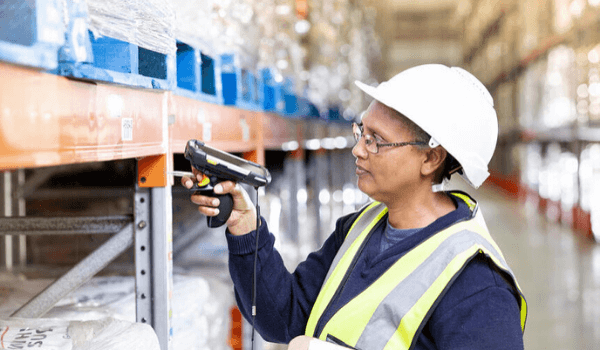
Supply chain and logistics are at the heart of the South African economy, and the organisations leading the charge in developing sustainable, innovate solutions include women throughout their businesses, from truck drivers to senior executives.It is well known that increasing the percentage of women within the workforce leads to higher financial returns for logistics companies. The PWC Transportation & Logistics 2030 report states that companies with the most women directors outperform their counterparts with the least by as much as 16% in sales and 26% in return on invested capital. Woman in leadership, and more specifically within logistics, is no longer simply a moral nice-to-have, it is a sound financial decision, directly impacting an organisations performance. In contrast to this, the report continues by stating that the global percentage of female participation in the industry is as low as 20%. This creates a dissonance between what we know to make sound business sense, and the reality in which the industry operates. At Barloworld Logistics, we believe that diversity is a fundamental for an organisation growing into the future, and as such we employ and leverage the skills of women, from senior executive roles, through to drivers in our transportation business.
The weaker sex no more
Tradition has dictated that the logistics and supply chain industry is more suited to male employees, particularly within technical and operational roles as these are deemed to be “masculine”. Women are most likely to be employed within support functions such as human resources, marketing and finance, whilst the more physical ‘on-the-floor” roles are reserved for men. This has also impacted the number, and likelihood, of women progressing through organisations to senior executive level, as once again, these roles are usually reserved for employees with operational experience, and these employees are traditionally more likely to be male.
The reality is that some of the more physical roles are more suited to men, however the evolving industry is creating viable opportunities for women in all areas of supply chain. Advances in technology such as automatic gearboxes, hydraulic lifting equipment and technical training for all are allowing women to fulfil many roles within the supply chain equally, and often more capably, than their male counterparts. These advances do not exclude men, but they certainly make great strides to equalling the playing field at every level of a supply chain organisation.
Arguably, the strides being made within the industry are still hampered by steep challenges. Within road and rail transportation, for example, there is a dearth of skilled female drivers. This is exacerbated by unfavourable working conditions, including time away from families, safety issues in long-haul routes, sleeping alone in trucks with minimal security and having to load or off load trucks. These, and other very practical challenges, make it difficult for women within these roles and create an unattractive image of an industry wanting to engage more of them within the workforce.
Building a female workforce
The key, then, is to not only create opportunity within an organisation for women, but to evolve corporate culture and tackle traditional, practical stumbling blocks in order to truly integrate women at all levels. At Barloworld Logistics, an equitable representation of females in support functions is entrenched, and now our attention has firmly turned to enabling opportunities for female workers and leaders within our operational areas.
For example, a flagship initiative is that of professional driver learnership’s for women, initiated within our transport division. At the beginning of 2017, we undertook to transform our driver workforce by setting a target of 50% women drivers within our fleets before the end of 2020. In a male-dominated profession, our focus on training and developing skilled professional women drivers is a ground-breaking initiative. The Barloworld Transport Academy started this programme with a learnership group of 45 women. Based on the success of that programme, we selected an additional 45 unemployed women to join the second learnership. They are currently in training and will graduate in September 2017. Earlier this year, we began our third 18-month learnership programme with a further intake of 60 learners.
The new learners will ensure that unemployed women who are considered for the programme will be able to return to their communities after graduating to start their careers as professional drivers. Since we began the Women Driver Development Programme, we have brought 90 women into our Academy and recruited 95% of the graduates into our fleets.
Looking to the future
As Barloworld Logistics continues with pioneering initiatives focused on including women at every level of the organisation, we are aware that to transform the greater industry, it is vital to foster a workplace that encourages not only diversity, but inclusion as well. Forging the way ahead for an industry more inclusive of women is not an easy task, however, with strong leadership commitment and action, it is possible to remove the barriers that prevent the broader participation of women in the industry. Changes in technology, shifting demographic patterns and customer requirements also play an important role in an industry wanting to attract and employ women.
The Barloworld Logistics vision of an inclusive workforce, coupled with forward-thinking initiatives such as the professional driver learnership for women, are real examples of commitment to promoting gender equality at all levels of the organisation. The inclusion of women in the transport and logistics industry is not only a Barloworld Logistics imperative, but is part of a global drive to promote inclusive economies where the benefit of economic growth can be shared with all who contribute, regardless of gender.



